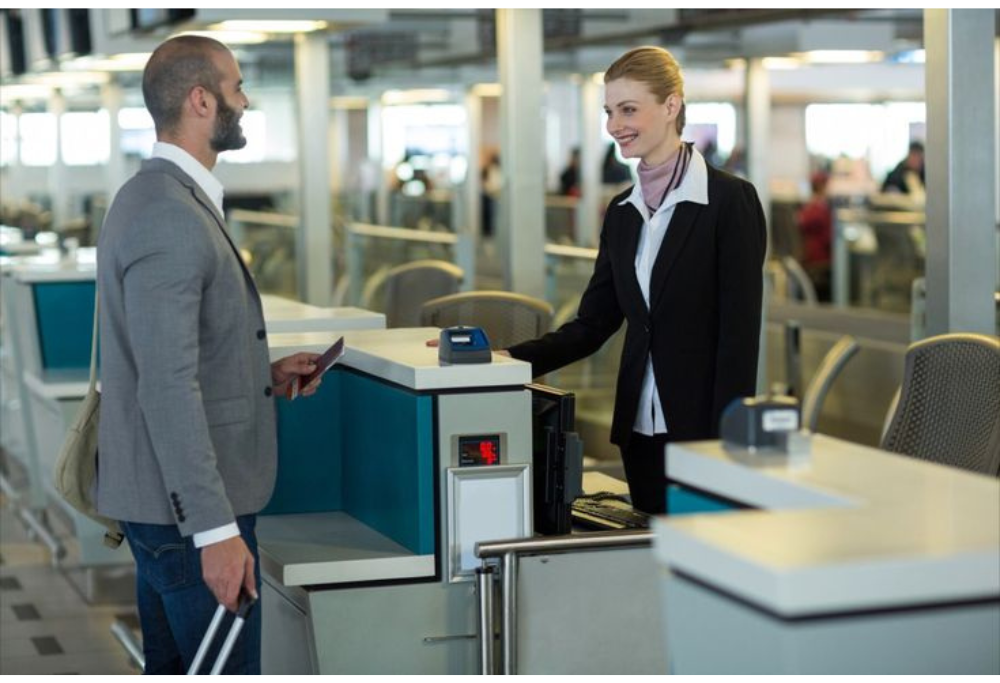When it’s time to jet off on your well-deserved vacation, the last thing you want is to encounter trouble at the airport, especially when it comes to your luggage. Airlines have strict rules and regulations regarding the size and weight of carry-on bags, and understanding these guidelines is crucial to ensure a smooth travel experience. In this comprehensive guide, we’ll provide you with all the essential information you need to know about airline carry-on luggage size restrictions, helping you avoid any last-minute surprises at the gate.
Understanding Carry-On Luggage Size Limits
Carry-on luggage size limits are relatively consistent across most airlines, making it easier for travelers to plan ahead. The standard domestic carry-on size is typically 22″ x 14″ x 9″, including the handle and wheels. This size ensures that your bag can safely fit in the overhead bin during your flight. The primary advantage of traveling with carry-on luggage is the peace of mind that comes with having your belongings with you, rather than relying on the airline to handle them.
Weight Limits for Carry-On Luggage
For many major domestic airlines such as Delta, Southwest, and JetBlue, there are no strict weight restrictions for carry-on bags. You should be able to lift your carry-on bag into the overhead bin comfortably. However, smaller commuter planes may enforce weight limits due to safety regulations. In most cases, if your bag doesn’t appear to be overly heavy or overstuffed, you should be in the clear.
What Is a Personal Item?
In addition to your carry-on suitcase, many airlines also allow passengers to bring a personal item. This item can be a laptop bag, purse, briefcase, or even a beach bag, as long as it is generally small and fits within specified dimensions. Personal item regulations can vary between airlines, so it’s essential to double-check the rules with your carrier. Typically, personal items should be smaller in dimension and weight compared to your carry-on bag.
Choosing the Best Carry-On Luggage
Selecting the right carry-on luggage is crucial to ensure that your bag meets airline size restrictions. When shopping for luggage, take note of the dimensions and compare them with the airlines you frequently fly with to ensure compliance. Many modern luggage brands offer high-quality options, so you don’t have to stick to traditional brands to find a suitcase that suits your needs.
What You Can Bring in Your Carry-On Bag
When packing your carry-on luggage, be aware of restrictions on items that you can bring. These restrictions are similar to those for checked bags and include prohibitions on firearms, lithium batteries, and potentially hazardous items. Additionally, you must adhere to rules regarding liquids. Containers of liquid, paste, aerosol, gel, or cream larger than 3.4 ounces are not allowed through airport security.
International Carry-On Size Restrictions
For international travel, it’s essential to ensure that your carry-on bag meets size requirements for all airlines, as international carriers may have different standards. In general, a suitcase that stands at 21″ or less is a safe choice for international travel. However, it’s advisable to research luggage size restrictions when flying with smaller regional airlines outside of the United States, as they may have unique guidelines.
Airline-Specific Information
Different airlines have their own specific size restrictions for carry-on luggage. Here’s a quick overview of the size limits for some major airlines:
- Alaska Airlines: Carry-on size of 22” x 14” x 9” with no specified weight limit.
- American Airlines: Carry-on size of 22” x 14” x 10” and a personal item that must fit under the seat.
- Delta Air Lines: Carry-on size of 22” x 14” x 9” with one personal item.
- JetBlue: Carry-on size of 22” x 14” x 9” and a more generous personal item size limit.
- Southwest Airlines: Carry-on size of 24” x 16” x 10” with no specified weight limit.
- United Airlines: Carry-on size of 22” x 14” x 9” and a personal item that must fit in front of you.
Allegiant Air
Allegiant Air has a carry-on luggage size limit of 22” x 14” x 9”. However, it’s important to note that Allegiant charges a fee for carry-on bags, so it’s advisable to check their fee structure before you pack. They also allow a personal item measuring 7” x 15” x 16”.
Hawaiian Airlines
If you’re flying with Hawaiian Airlines, you should be aware that they have specific carry-on luggage size restrictions. They allow carry-on bags with linear dimensions totaling 45 inches and a maximum weight of 25 pounds. Additionally, you can bring a personal item such as a purse, briefcase, laptop bag, backpack, or similar piece as long as it fits under the seat in front of you.
Spirit Airlines
Spirit Airlines permits carry-on bags with dimensions of 22” x 18” x 10”. Like Allegiant Air, Spirit Airlines charges for carry-on bags, so it’s essential to check their fee structure in advance. They also allow a personal item measuring 18” x 14” x 8”.
Understanding airline carry-on luggage size restrictions is a key aspect of smooth and hassle-free air travel. By adhering to the guidelines provided by both industry standards and specific airlines, you can pack efficiently and confidently, knowing that your luggage meets the requirements. This knowledge ensures that you’ll breeze through the airport and be well-prepared for your journey, allowing you to focus on enjoying your destination rather than worrying about luggage complications. Safe travels!






